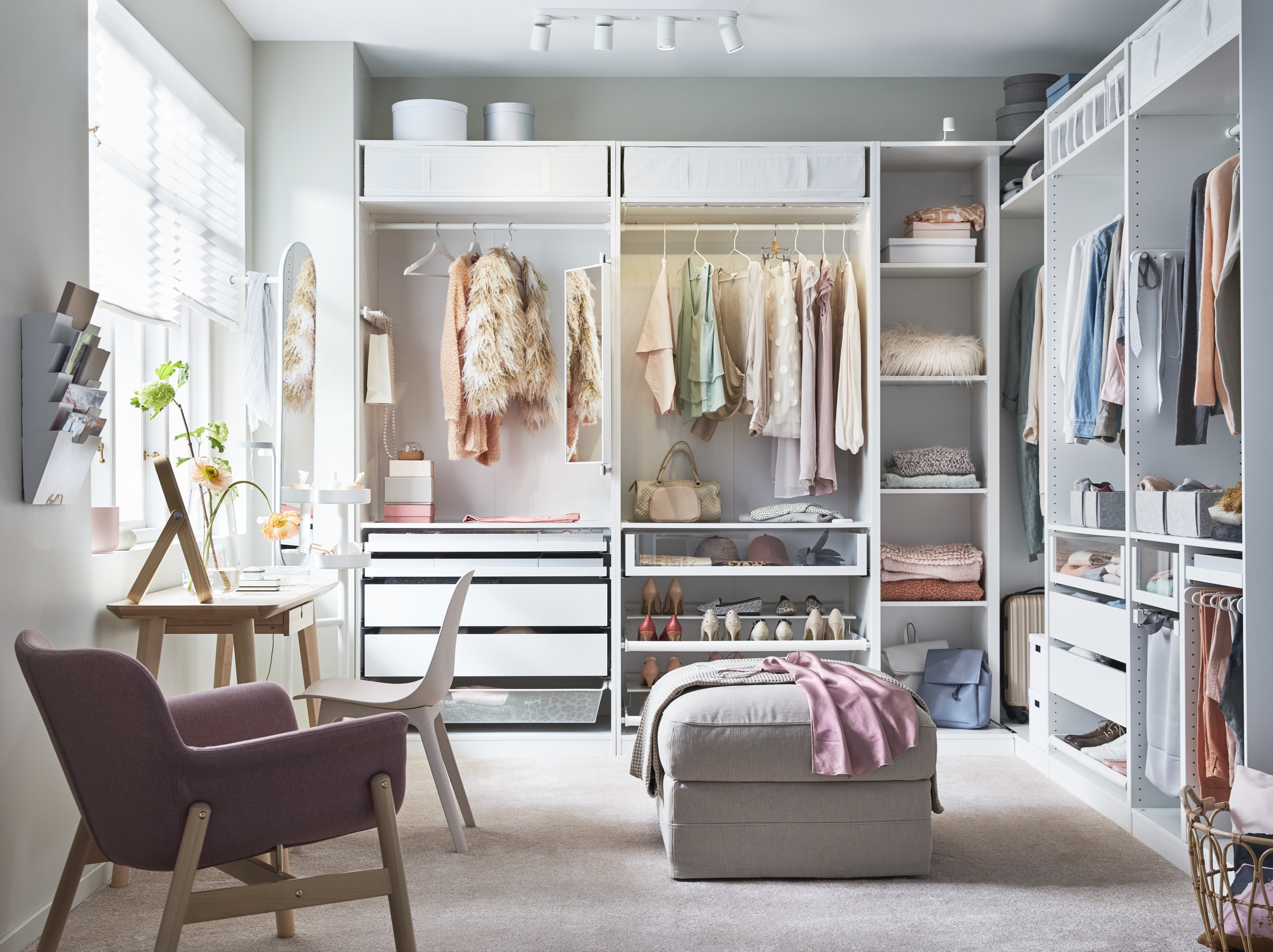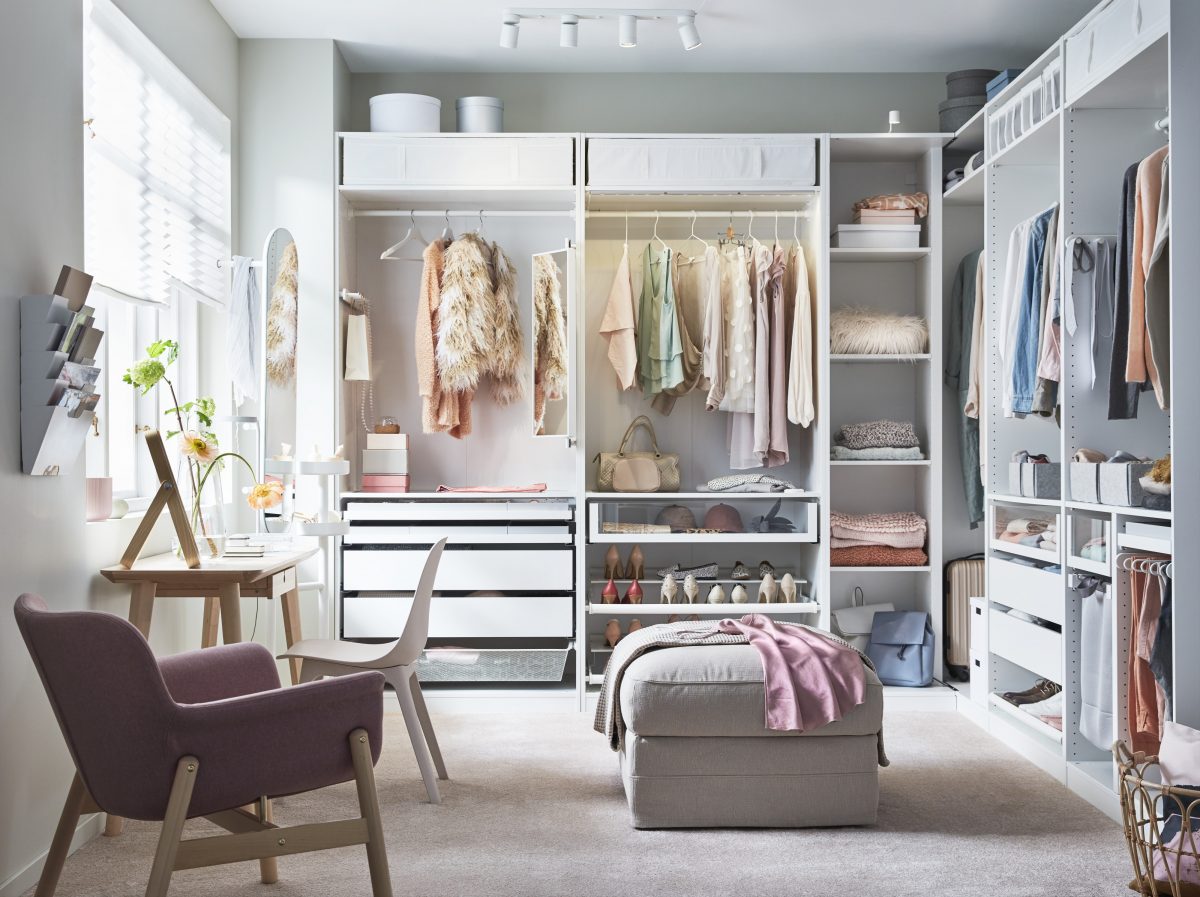
New program part of Ikea’s sustainability strategy
Over the many years I’ve written about décor, I’ve occasionally heard hoity-toity designer types sarcastically dismiss Ikea’s products, suggesting that they are flimsily-made, and will be fit for the pit sooner rather than later.
The criticism is mostly off-base. Because while the Swedish retail giant does sell items that could be described as “fast home fashion”, many pieces will last a lifetime.
I have, for example, dish and storage-ware, a Poang chair and three Billy bookcases that are close to 30 years old. As an aside, Billy has been renamed as the more grown-up William — in recognition of the product’s 40th anniversary.
Sustainability, it could be argued, is embedded in the roots of Ikea, which Ingvar Kamprad launched in 1943 as a mail order business in the town of Älmhult, Sweden, where the company still maintains operations. It could also be said that when it comes to sustainability, Ikea is now among the world’s most forward-thinking retailers.
The Ikea story, as documented in Älmhult’s quaint museum, begins with the country-bred Kamprad making pocket money selling matches, bought in bulk, to local farmers, for whom frugality and economy would have been part of a long tradition. For more on that, go to www.aroundthehouse.ca
For many centuries, much of Sweden was rural and agricultural. Other than wood — mostly spruce, pine, and birch — and metallic ores, natural resources were not abundant. Consequently, Swedes learned to make efficient use of what they had.
Those values are echoed in Ikea’s commitment to becoming a “fully circular” company by 2030, prompting it to look for ways to use more renewable and recycled materials, eliminate operational waste, design longer-life products, and offer options for prolonging product life.
Globally, the company has promised to produce as much renewable energy as it consumes by 2020. In Canada, the target was met in 2015; with two wind farms in southern Alberta and solar installations on more than half of its stores, Ikea Canada generates four times the renewable energy it uses.
They are also committed to achieving full use of recycled or Forest Stewardship Council (FSC) wood www.fsc.org, all lighting lines are LED, and restaurants now serve sustainable salmon balls and veggie burgers.
Most recently, Ikea instituted a new Sell-Back program under which customers can exchange gently-used, fully-assembled pieces for store credits. Returned items are shared with non-profit community partners like Habitat for Humanity and the Salvation Army.
During a soft launch in the fall, the program saw more than 7,600 submissions in less than two months. In January, it rolled out nationally.
Melissa Mirowski, a sustainability specialist with Ikea Canada, says its success is a testament to the quality and durability of Ikea product.
“We are seeing products coming back that are twenty-plus years,” says Mirowski. “Now we’re giving (customers) an opportunity to extend the life of the product. That’s one of the most impactful things we can do.”
Participating in the sell-back program is easy. Customers go to the website, click on a tab, select a local store and the applicable product category. For a list of items accepted, go to www.ikea.ca. There’s an online form to complete, which requires a minimum of three photos of the product.
Once the form is processed, an Ikea staff member from that store will respond. If the item is accepted, the customer brings the product, reference code and their Ikea Family Card to the Returns/Exchanges desk to that store within 30 days to receive an in-store credit.
The program, says Mirowski, is still in its early stages in a handful of global markets, including Japan and Portugal, and seemed a natural fit here.
“We (knew) the second-hand market is so massive in Canada,” she says. “Why not engage those customers and create opportunities where our relationship with them becomes more of a journey than a transactional touchpoint?”
-30-
Vicky Sanderson is the editor of Around the House www.aroundthehouse.ca.

